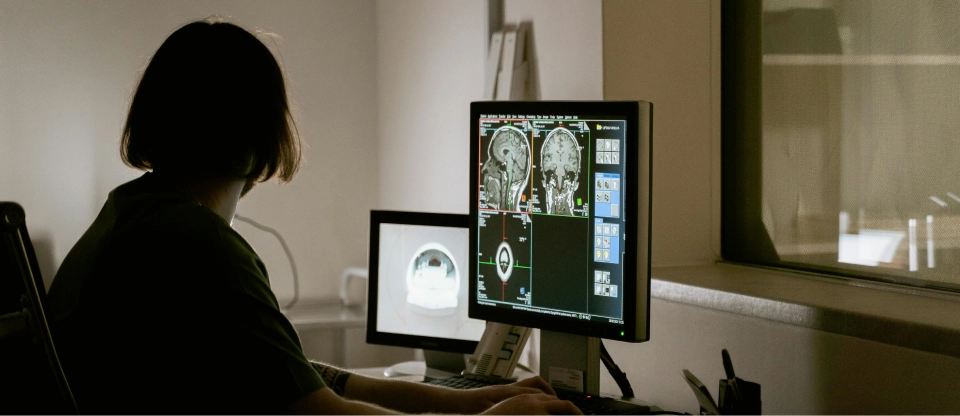In today’s world, mental health has rightfully taken center stage, especially in the United States, where issues like gun violence persist. Societies are increasingly prioritizing mental wellness, recognizing the intricate interplay between emotional well-being and overall health. As discussions about gun control intensify, so does the emphasis on tackling mental health issues, which often underlie incidents of violence. By addressing the root causes of such tragedies through comprehensive mental health care, including tailored solutions such as custom software for mental health practices, we can work towards creating a safer and healthier society for all.
Published on: 10 Jun 2024








